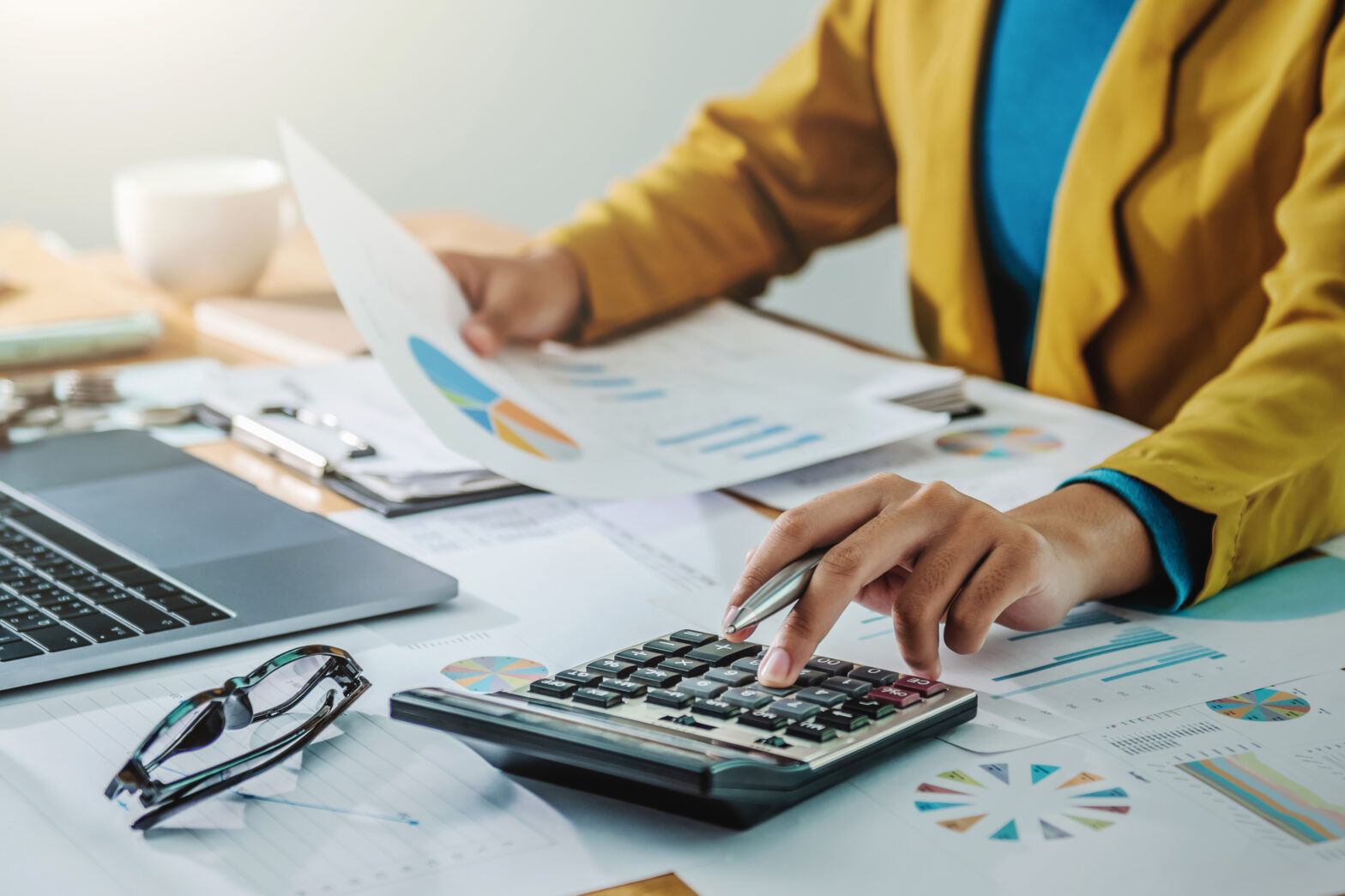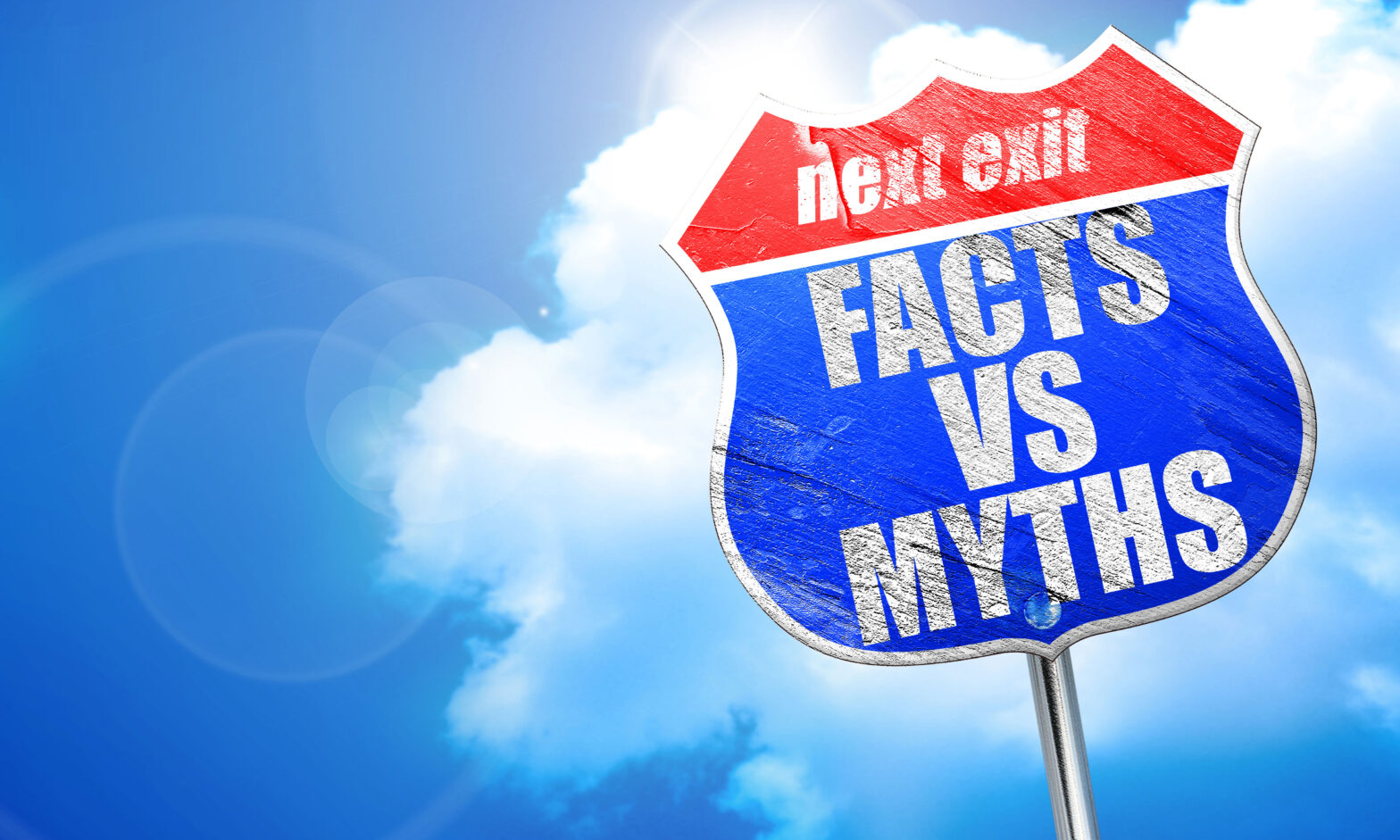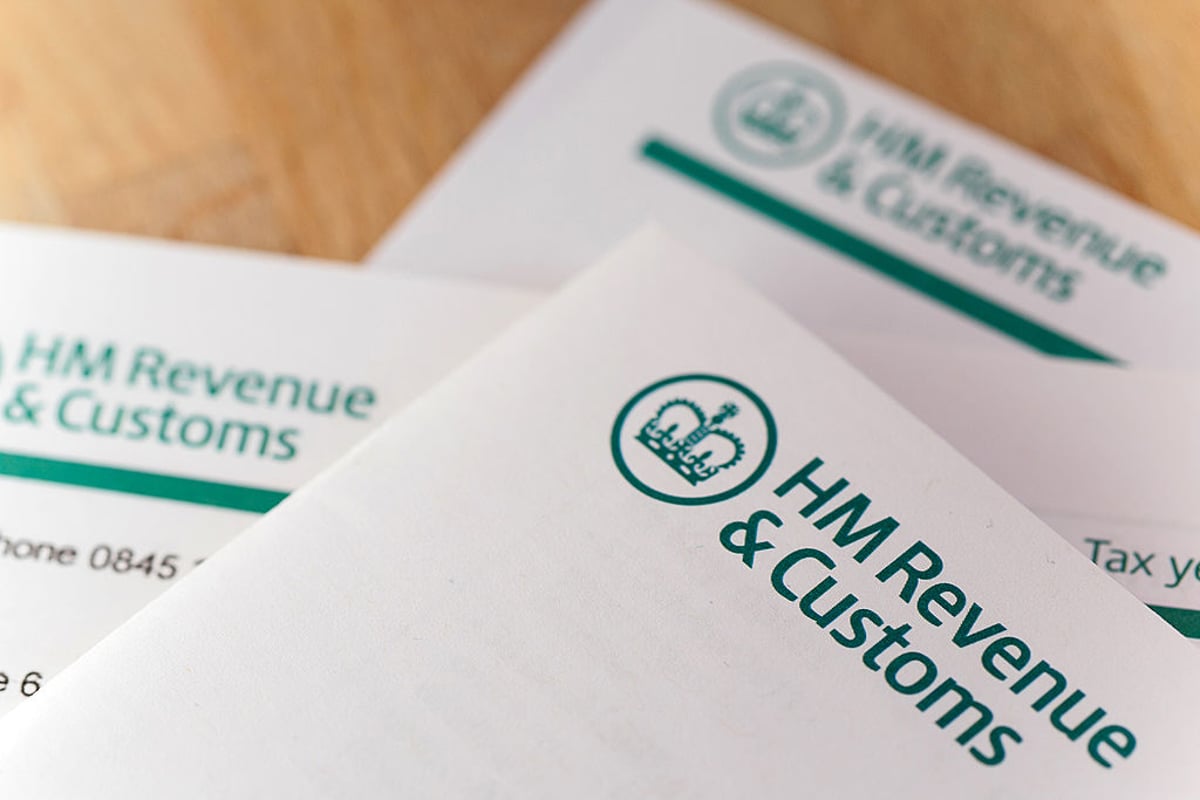Making Tax Digital April 2022 – what’s changing
It’s been over two and a half years since HMRC went live with its Making Tax Digital (MTD) for VAT pilot. Since April 2019, UK businesses above the £85,000 VAT threshold have been tasked with processing their returns digitally.
From April 2022, business owners who charge VAT with a taxable turnover below £85,000 will need to comply with Making Tax Digital. If they haven’t already, affected businesses will soon be receiving letters informing them of this change. This phase of MTD for VAT will affect approximately 1.1m small businesses.
What this means for small business owners
Small business owners still submitting VAT via the HMRC portal or post will soon have to maintain records digitally and file VAT returns through approved software. Otherwise, they could be hit with unwanted fines – an unwelcome addition to the plethora of challenges already facing them.
Ahead of the April 2022 deadline, it’s crucial that impacted businesses begin their Making Tax Digital preparations now. Even for non-VAT registered businesses and landlords, who have until April 2024 to become compliant with MTD for Income Tax (ITSA), it’s never too soon to put the right practices and infrastructure in place.
>See also: All small businesses to go Making Tax Digital by 2024, Treasury suggests
How to get ready for Making Tax Digital
The following checklist can help guide small businesses towards MTD compliance:
Know your deadlines and what MTD means for you
It’s important that businesses do their research into the legislation and help get their leadership teams up to speed. There’s a lot of helpful information out there but it can be difficult to know where to start. That’s why HMRC has created its own MTD for VAT page, which provides useful insights to help businesses find out whether they apply, how they can sign up, and more.
To avoid last minute cramming ahead of tax deadlines, I’d also recommend that businesses make diarised notes of the dates when VAT returns are due.
If businesses pay their VAT in quarterly periods, their deadline for VAT is usually one month and seven days after the end of the VAT period, including the time for the payment to reach HMRC. However, those using the Annual Accounting Scheme will have different deadlines. For those who aren’t sure, HMRC has a free VAT payment deadline calculator, which is a tool to check when returns are due.
Speak to your accountant or bookkeeper
Given the number of challenges facing small businesses, it can be easy to place a new digital tax scheme at the bottom of the pile. April 2022 may seem like a long way off, but now is the perfect time to lean on your accountant or bookkeeper to help. They can advise you on how and when to digitise your paper-based system.
Over the past 18 months, small businesses have increasingly begun to realise the vital importance of their accountants and bookkeepers in driving their ongoing success. In fact, Xero research found that almost half (45 per cent) of small businesses believe their accountants are more important to them than ever. And it’s no surprise as to why. Accountants and bookkeepers can provide the expertise to tackle complex issues that most small business owners don’t have the time to grasp on their own.
Preparing your mindset for business change
Change isn’t easy. In fact, according to our recent survey, resistance to change, uncertainty around outcomes, the perceived hassle of digital adoption, and the ability to easily compare options, are the main barriers preventing small businesses from adopting technology such as MTD software.
However, digital transformation can help to reduce workloads and improve agility. Whether your small business hasn’t yet implemented its digitalisation strategy or is still in the very early stages and is fearful of further change, you can use Making Tax Digital as an opportunity to kickstart your digital journeys.
Research your software options
HMRC will ask for a number of digital records to be kept – from business name, adjustments to returns, rate of VAT charged on supplies made, and more. While businesses can use spreadsheets to calculate or summarise VAT transactions and work out what information they need to send to HMRC, they’ll need to use compatible software to actually send it.
Unless you have a legal exemption, HMRC will only accept VAT returns sent using approved MTD software, such as our own Xero. It’s a good idea to begin the search for a supplier early – this list will help narrow down the search. This software should seamlessly pull information from businesses’ digital records to submit returns, saving time that can be better spent running the business.
This shouldn’t be seen as a burden or simply an additional cost. Although mandatory for compliance, this software can help small businesses optimise processes, spark wider digitalisation and ultimately improve cash flow.
Although every organisation has its specific needs, businesses should ensure the software they choose ticks the following boxes:
- Automatically calculates the tax you owe (including VAT and payroll tax)
- Pulls transaction data straight from the bank, invoicing software, or POS system
- Updates transactions every day, allowing firms to stay on top of bank reconciliations
- Creates digital records of paper receipts by photographing them with an individual’s mobile
>See also: 9 accounting software platforms for Making Tax Digital
Turn Making Tax Digital into a business opportunity
It’s easy to view MTD as a necessary evil – something businesses have to comply with, even if they don’t really want to. This, however, shouldn’t be the case. While change can be daunting, especially when forced upon us, it can also be a good thing.
Consumers now expect businesses to be able to cater to their digital needs. With MTD, small businesses in the UK have an opportunity to grow and digitalise, improving the way they operate and serve these customers. With this in mind, small businesses may find that come April 2022, Making Tax Digital is a blessing in disguise.
Glen Foster is director, small business & accounting partners, Xero





